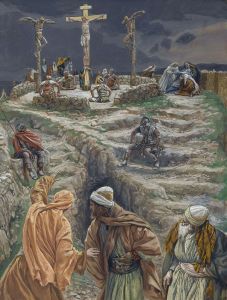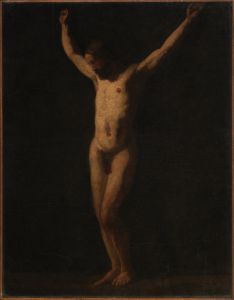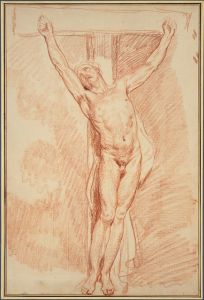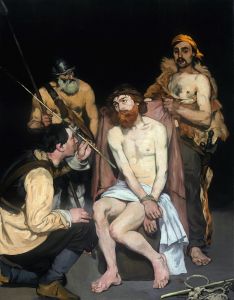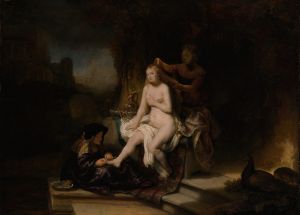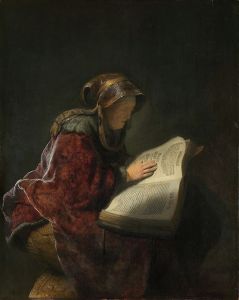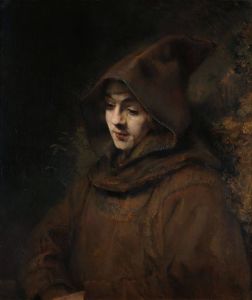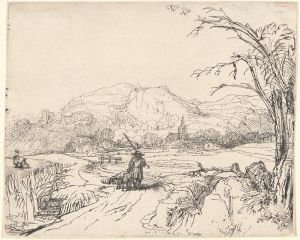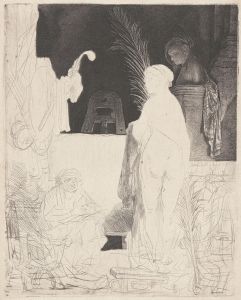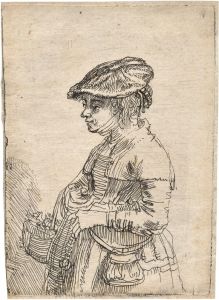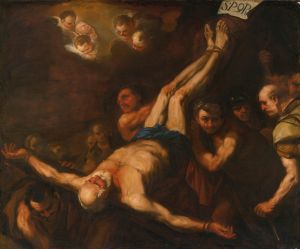
Christ crucified between the two Thieves: ‘The Three Crosses’
A hand-painted replica of Rembrandt van Rijn’s masterpiece Christ crucified between the two Thieves: ‘The Three Crosses’, meticulously crafted by professional artists to capture the true essence of the original. Each piece is created with museum-quality canvas and rare mineral pigments, carefully painted by experienced artists with delicate brushstrokes and rich, layered colors to perfectly recreate the texture of the original artwork. Unlike machine-printed reproductions, this hand-painted version brings the painting to life, infused with the artist’s emotions and skill in every stroke. Whether for personal collection or home decoration, it instantly elevates the artistic atmosphere of any space.
"Christ Crucified between the Two Thieves: The Three Crosses" is a renowned work by the Dutch artist Rembrandt van Rijn. This piece is not a painting but an etching, a form of printmaking that Rembrandt mastered and innovated during his career. The etching was created in 1653 and is considered one of Rembrandt's most significant works in this medium.
The artwork depicts the biblical scene of the crucifixion of Jesus Christ, flanked by the two thieves who were crucified alongside him. This scene is a pivotal moment in Christian theology, representing the sacrifice of Christ for humanity's sins. Rembrandt's interpretation of this event is notable for its dramatic use of light and shadow, a technique known as chiaroscuro, which he employed to convey the emotional intensity and spiritual significance of the moment.
Rembrandt's etching is distinguished by its intricate detail and dynamic composition. The central figure of Christ on the cross is illuminated, drawing the viewer's attention immediately to the focal point of the narrative. Surrounding Christ are various figures, including the two thieves, Roman soldiers, and onlookers, each rendered with a remarkable degree of individuality and expression. The use of light in the etching not only highlights the central figure but also creates a sense of movement and depth, guiding the viewer's eye across the scene.
"The Three Crosses" is also notable for the way Rembrandt revised the work over time. The etching exists in several states, with each state showing changes and refinements made by the artist. These alterations demonstrate Rembrandt's evolving vision and his willingness to experiment with the medium to achieve the desired emotional and narrative impact. The fourth state of the etching, in particular, is often highlighted for its dramatic intensity, achieved through the deepening of shadows and the addition of more figures in the background.
Rembrandt's use of etching allowed him to explore the interplay of light and dark in a way that was both innovative and expressive. His ability to convey complex human emotions and spiritual themes through this medium is a testament to his skill and creativity as an artist. "The Three Crosses" remains a powerful example of Rembrandt's mastery of etching and his ability to imbue a traditional biblical scene with a profound sense of drama and humanity.
The etching is housed in various collections around the world, with notable impressions held by institutions such as the Rijksmuseum in Amsterdam and the British Museum in London. These impressions are highly valued not only for their artistic merit but also for their insight into Rembrandt's working process and his contribution to the art of printmaking.
Overall, "Christ Crucified between the Two Thieves: The Three Crosses" exemplifies Rembrandt's ability to combine technical skill with deep emotional resonance, making it a significant work in the history of art.





